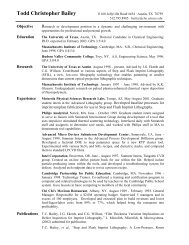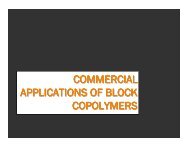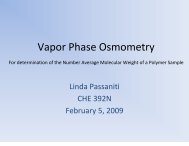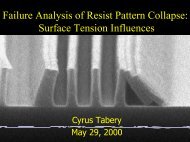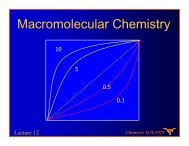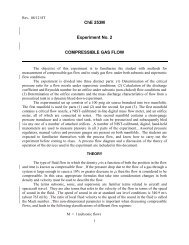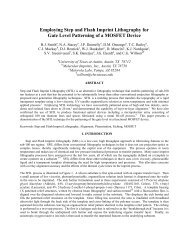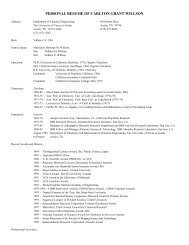Asymmetric fluid-structure dynamics in nanoscale imprint lithography
Asymmetric fluid-structure dynamics in nanoscale imprint lithography
Asymmetric fluid-structure dynamics in nanoscale imprint lithography
- No tags were found...
You also want an ePaper? Increase the reach of your titles
YUMPU automatically turns print PDFs into web optimized ePapers that Google loves.
across their diameter. These oscillations can be addressed by us<strong>in</strong>g a flat vacuumchuck with uniform pressure across the support<strong>in</strong>g surface.Figure 1.4c shows a wedged base layer that is due to angularmisalignment between the template and the wafer. The etch barrier is exposedwhen the template has an angle of <strong>in</strong>cl<strong>in</strong>ation with respect to the wafer substrate.This occurs when the uncorrected misalignment between the oppos<strong>in</strong>g surfaces ofthe template and the transfer layer exceeds the motion capability of the flexurebasedtemplate stage. Figure 1.4d shows a thick base layer due to an excessivegap between the template and transfer layer dur<strong>in</strong>g the exposure. The currentprocess to fill the gap is via squeeze film hydro<strong>dynamics</strong> and capillary action. Inorder for the etch barrier solution to fill the gap <strong>in</strong> a reasonable amount of time,the <strong>in</strong>itial gap needs to be on the order of a few microns. If a 200 nm <strong>in</strong>itial gap isused, the time-to-fill is very high [Choi, Johnson, and Sreenivasan, 1999]. Todeal with the two issues of m<strong>in</strong>imiz<strong>in</strong>g the base layer thickness and the angle of<strong>in</strong>cl<strong>in</strong>ation of the base layer, an active stage system is under development to bettercontrol the fill<strong>in</strong>g and squeez<strong>in</strong>g of the etch barrier base layers down to about 100nm prior to UV cur<strong>in</strong>g.(a) Th<strong>in</strong>, uniform base layer, desired(b) Wavy base layer(c) Wedged base layer(d) Thick base layerFigure 1.4 Base layer types13



